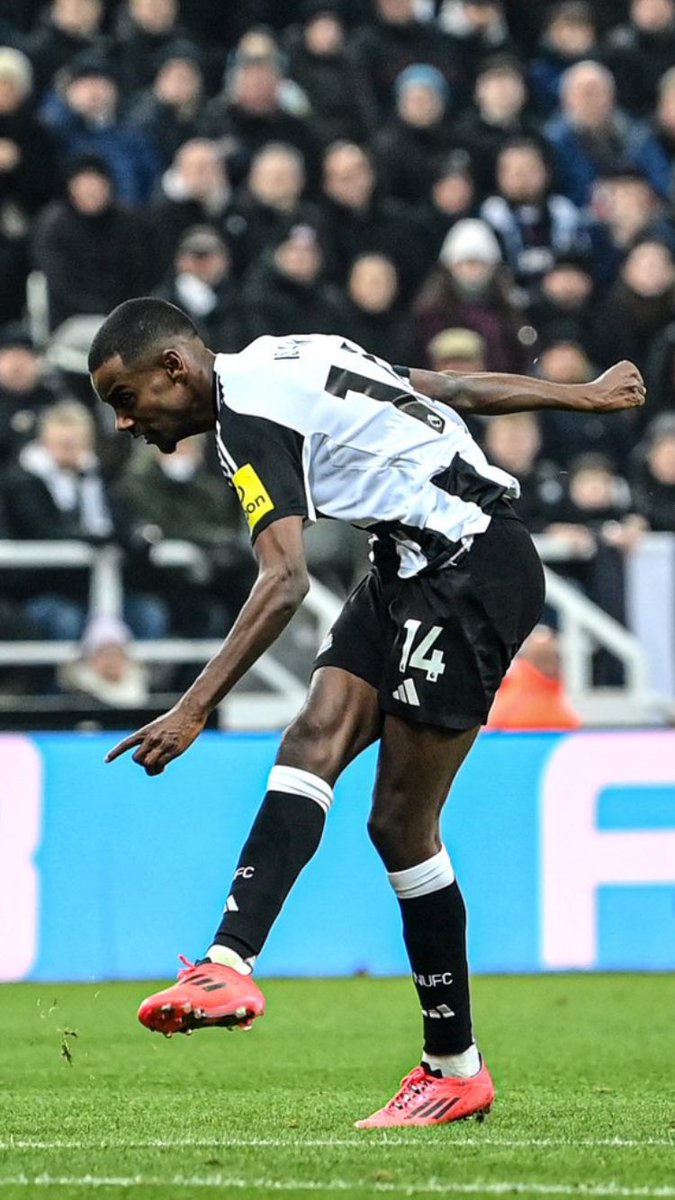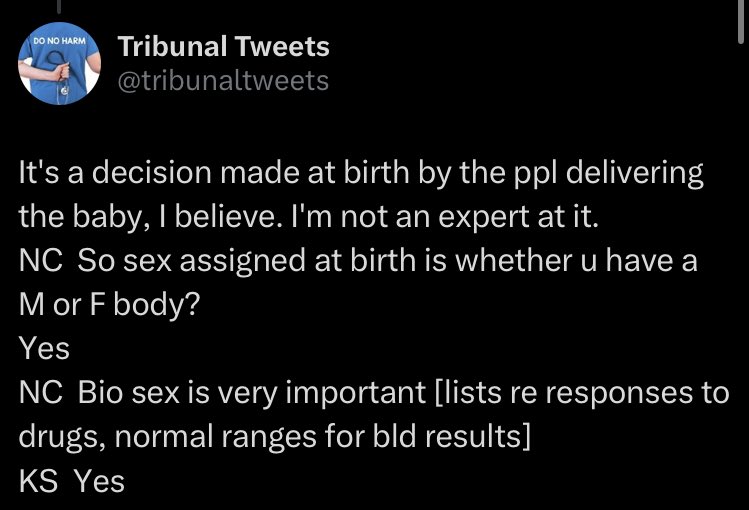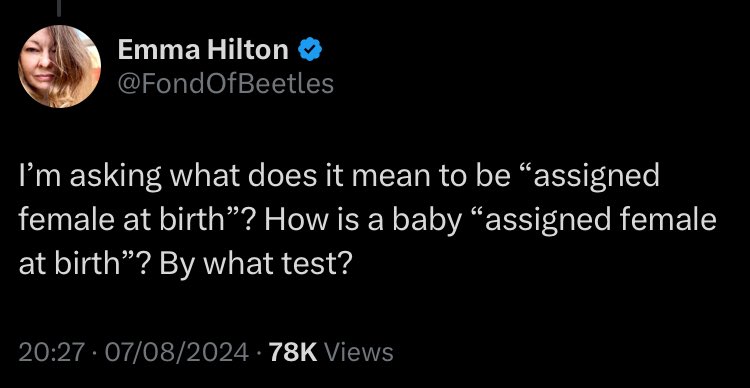"This model of estradiol’s role in improving resistance to wound sepsis predicts at least four “sexes” across two treatment groups: females who are in the proestrus phase, females who are in the diestrus phase, females who are postmenopausal, and males."
This is Sarah Richardson, of the Fuentes review.
Four "sexes", three of them female and the other male. JFC.
This is Sarah Richardson, of the Fuentes review.
Four "sexes", three of them female and the other male. JFC.
Also in the frame as new sexes, fat men, pregnant women and children. JFC.scholar.harvard.edu/files/srichard…
A cell line derived from an unusual cervical cancer (one that spontaneously immortalised) is not even "human", let alone "female", apparently.
It's cervical cancer cell line. Only women have cervices (pl?). JFC.
It's cervical cancer cell line. Only women have cervices (pl?). JFC.
And the cells are grown in media that contains hormones, so that deffo makes the female origin basically meaningless. JFC.
"The propositions that “every cell has a sex—male or female” and that sex as a biological variable is sufficiently considered when biological materials derived from “both” sexes are included in research reflect an essentialist and binary biological concept of sex."
No Sarah, it means that cells derived from a male body might contain useful information and cells derived from a female body might contain useful information, and shall we check that? JFC.
No Sarah, it means that cells derived from a male body might contain useful information and cells derived from a female body might contain useful information, and shall we check that? JFC.
She's literally arguing that we should classify people as with/without uteruses, or in another context with/without testes, or whatever. You lose the bigger picture. JFC.
Ironically, you lose the gendered contribution to medical care for which she is advocating.
Ironically, you lose the gendered contribution to medical care for which she is advocating.
"Age itself is not a biological variable, but the biomarkers that make up age in each of these different tissues and levels of biological analysis can be understood as causally related to age, conceptualized in a variety of ways. We speak of “age-related variables,” understanding that what these are in any instance will be specific to the tissue, field of research, current state of technology, and so on. This “age contextualism” is just how I propose we think of sex."
She's just arguing that we can disaggregate a data set by "biological age", should we wish. I mean, cool.
But she's missing the point. Here is a cohort of +60yo. Most of them of have This, but some of them don't.
Here is a cohort of -60yo. Few of them have This, but most of them don't.
Studying by age bin helps us find the stuff we might be interested in. The +60s who don't have This, maybe they have an odd gene variant. The -60s who do have This, maybe they don't eat their spinach.
But finding patterns requires a broad understanding of one of the key variables you think is associated with an outcome. She misunderstands what SABV tries to operationalise.
But she's missing the point. Here is a cohort of +60yo. Most of them of have This, but some of them don't.
Here is a cohort of -60yo. Few of them have This, but most of them don't.
Studying by age bin helps us find the stuff we might be interested in. The +60s who don't have This, maybe they have an odd gene variant. The -60s who do have This, maybe they don't eat their spinach.
But finding patterns requires a broad understanding of one of the key variables you think is associated with an outcome. She misunderstands what SABV tries to operationalise.
But then, she publishes with Madeline Pape, who is the IOC sociologist who has tried to destroy sex categories. So quelle surprise.
• • •
Missing some Tweet in this thread? You can try to
force a refresh



















